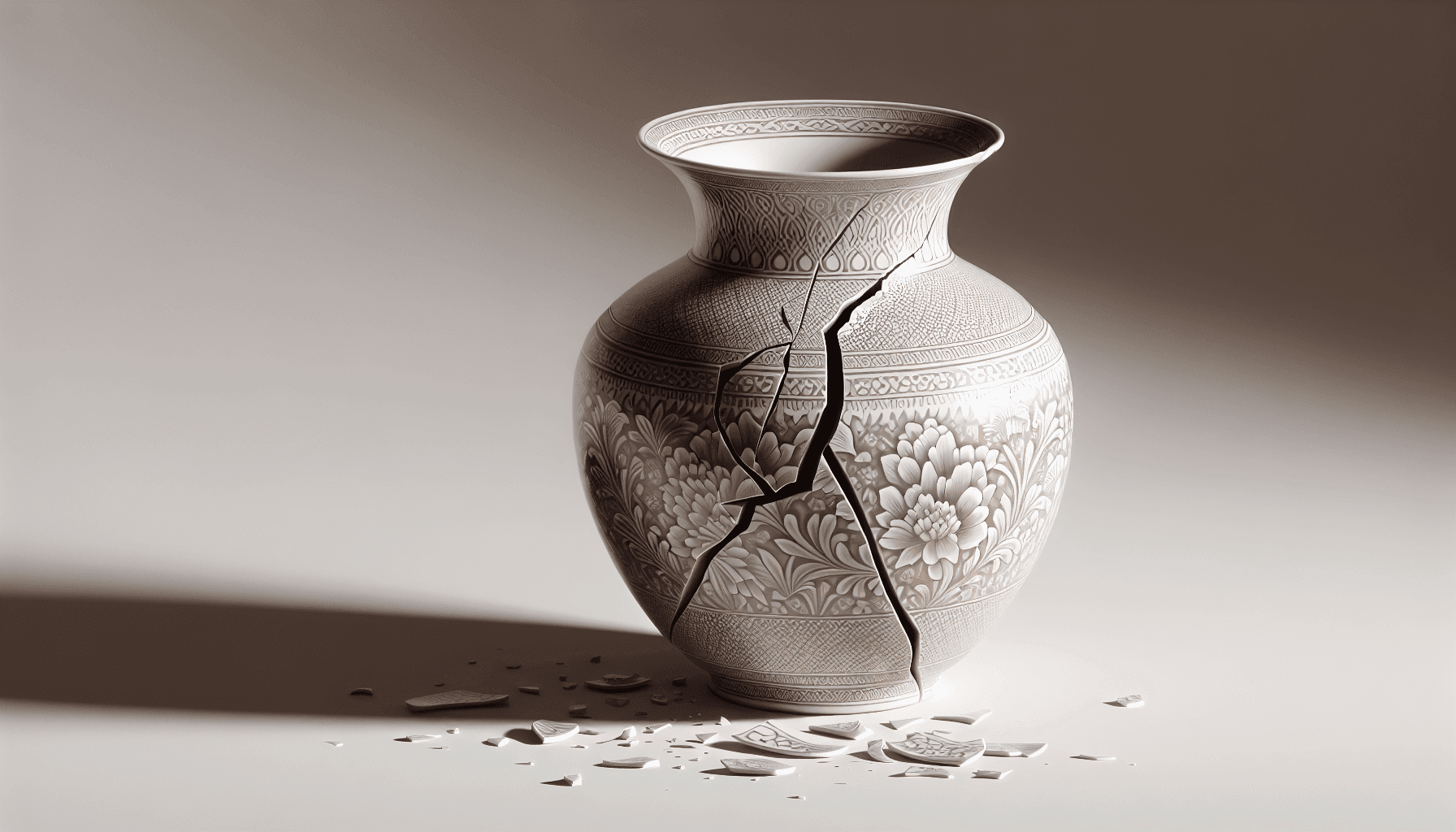Have you ever been in the middle of assembling a 3D wooden puzzle, only to have a piece snap unexpectedly? It can be a frustrating moment, especially when you’ve put in so much time and effort into your creation. The good news is that a broken piece doesn’t mean all is lost. With a little patience and the right approach, you can get back on track and complete your masterpiece. Let’s explore some steps you can take when a crucial component of your wooden puzzle breaks.
Understanding the Challenge of Broken Pieces
Suddenly finding yourself with a broken piece in an intricate puzzle can seem overwhelming. It’s crucial to remember that, in most cases, there’s a solution. Many avid puzzle enthusiasts have faced similar challenges and have successfully tackled them. Grasping the materials you’re working with and the typical ways in which pieces break can prepare you better for preventive measures and repairs.
Common Reasons Pieces Break
Pieces of 3D wooden puzzles can break for various reasons. The primary culprits usually include:
- Excessive Force: Applying too much pressure while assembling can lead to pieces snapping.
- Poor Quality Material: Sometimes the wood itself might have inherent weaknesses.
- Design Flaws: Occasionally, certain connections in the puzzle might be more fragile due to design.
Recognizing these common issues can help you adjust your approach to working with complex puzzle designs.
Characteristics of Wooden Puzzle Materials
Understanding the materials from which your 3D wooden puzzle is made can significantly aid in handling, assembling, and repairing it. Most puzzles are made from:
- Plywood: Known for its durability, yet certain layers can be weaker.
- Birch Wood: Offers a smooth and often sturdier experience.
- MDF: Medium-density fiberboard can be more pliable but might lack the strength of solid wood.
Each of these materials responds differently to pressure and handling. Knowing what type of wood your puzzle is made from can guide you in how gently or firmly you should handle different pieces.
First Steps to Take When a Piece Breaks
As despairing as a break might seem initially, taking a deep breath and acting methodically can set the stage for an effective repair. Here are the first few actions you can take when confronted with a broken piece:
Assess the Damage
Before making any repairs, closely inspect the broken sections. This assessment helps in understanding whether the piece is salvageable. Look for clean breaks over shattered ones, as these are easier to fix.
Gather Necessary Tools
Having the right tools makes a big difference. For most wooden puzzle repairs, the following can be useful:
| Tool | Purpose |
|---|---|
| Wood glue | For joining broken pieces back together securely |
| Sandpaper | To smooth out any edges or excess glue |
| Clamps | To hold pieces together as the glue dries |
| Tweezers | For handling small, delicate pieces |
Consider Replacement Needs
Determine if the broken piece is beyond repair and if a replacement is necessary. Many manufacturers, like Robotime and Ugears, offer good customer service and can send replacement parts if needed.

Repairing a Broken Puzzle Piece
If you decide that the piece can be repaired instead of replaced, take the next steps cautiously. The key is patience and ensuring that your fix will last as long as the complete puzzle itself.
Gluing the Pieces
Careful application of wood glue can effectively mend a broken puzzle piece. Here’s a simple step-by-step guide:
- Clean the Edges: Ensure both pieces of the broken segment are free from splinters or debris.
- Apply Glue Sparingly: A small amount gets the job done without causing a mess.
- Piece Alignment: Carefully align broken pieces to ensure a seamless fit.
- Clamp if Needed: Use a clamp to hold the parts together until the glue sets.
Patience here is crucial. Allow sufficient time for the glue to dry completely, following the instructions provided with the glue product.
Smooth Out the Repair
Once the glue is fully set:
- Sand Over the Seam: Gently sand over the glued part if you find any rough edges.
- Ensure Flush Fitting: Check that the repaired piece fits smoothly with other components of the puzzle.
This step helps prevent any resistance during reassembly, maintaining the puzzle’s aesthetics and functionality.
Preventing Future Breakages
Understanding how breaks occur and implementing preventive tips can save you future hassle and frustration.
Handle with Care
The simplest yet most effective way to prevent breaking is to manage your pieces carefully. Avoid forcing pieces into place if they seem resistant. Instead, double-check the instructions or diagrams provided.
Work in a Controlled Environment
A clean, well-lit workspace minimizes the risk of accidentally damaging pieces or losing small sections. Ensure there’s ample space to lay out puzzle pieces without excessive clutter.
Follow the Assembly Steps Precisely
Following the instructions closely not only ensures a smoother puzzle-building experience but also helps in preventing misalignments or forced fittings that can lead to breaks.

When to Contact Customer Service
Don’t hesitate to reach out to the puzzle’s manufacturer if you encounter persistent issues. Reliable brands like Rokr, Ugears, and others typically offer customer assistance, sometimes providing replacements or guiding you on complex repairs.
What Information to Provide
When contacting customer service:
- Model Number: Mention the exact model of your puzzle.
- Description of the Issue: Be clear and detailed about what’s broken and how.
- Photos if Possible: Sometimes images can help explain the situation better than words.
Providing as much information as possible helps in expediting the assistance or replacement process.
Enhancing Your Puzzle-Building Experience
It’s always rewarding to draw lessons from challenging situations. Consider these additional tips to enhance your experience with 3D wooden puzzles:
Join Puzzle Communities
Online forums and local hobby groups can be invaluable. Sharing your experiences and learning from others can introduce you to techniques, improvements, and reviews on different brands and designs.
Experiment with Artistry
Some puzzle enthusiasts go further by painting or staining their finished projects to add a personal touch. This customization can turn a simple puzzle into a keepsake or a decorative piece.
Embrace Challenges
Each broken piece or difficult assembly is a chance to learn and strengthen your skills. Embrace these challenges as the puzzles help develop problem-solving skills, enhance attention to detail, and provide a rewarding sense of accomplishment upon completion.
Conclusion
Understanding what steps to tackle when a piece breaks in a 3D wooden puzzle allows you to handle these situations with calm and poise. Being equipped with the right tools, knowledge of the materials, and a methodical approach ensures that you can not only repair the piece but also enjoy the process more fully, making it part of the challenge that 3D wooden puzzles offer. Remember, a broken piece isn’t the end. It’s a part of the intricate puzzle journey that leads to a beautiful and rewarding result. Ready to start your 3D wooden puzzle journey? Click on any of the following links for our reviews:
All Categories Boats Clocks Marble Runs Musical Boxes Musical Instruments Puzzle Boxes Trains Trams Trucks